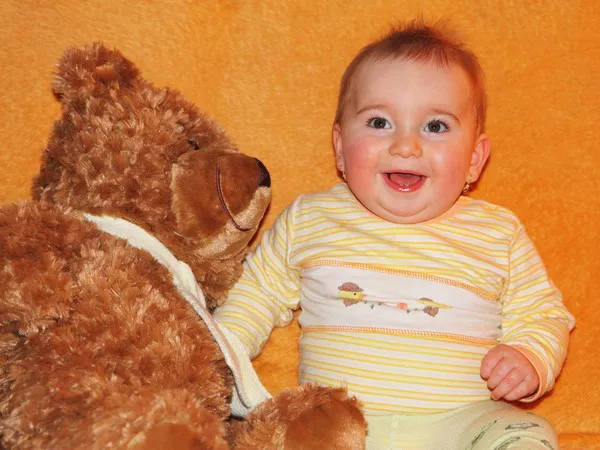Welcoming a newborn into your family is an exhilarating experience, filled with joy and anticipation. Amidst the excitement, practical considerations such as diapering needs come to the forefront. New parents often find themselves grappling with questions like, “How many boxes of newborn diapers do I need?” This seemingly simple query can be complex, influenced by various factors ranging from the baby’s size to their feeding habits. In this comprehensive guide, we delve into the nuances of estimating diaper requirements, offering insights and practical tips to streamline your diapering journey.
Understanding Newborn Diapering Dynamics
Before embarking on the quest to determine the number of diaper boxes needed, it’s crucial to grasp the fundamental dynamics of newborn diapering. Newborns typically undergo frequent diaper changes due to their delicate digestive systems and high metabolic rates. On average, a newborn may require anywhere from 8 to 12 diaper changes per day, translating to roughly 240 to 360 diapers in a month. However, individual variations exist based on factors such as:
1. Baby’s Age and Weight: Newborns vary significantly in size and weight, which directly impacts their diapering needs. Premature babies or those with lower birth weights may necessitate smaller-sized diapers and more frequent changes compared to larger infants.
2. Feeding Method: Whether your baby is breastfed, formula-fed, or a combination of both can influence their stool consistency and frequency. Breastfed babies tend to have more frequent but softer stools, whereas formula-fed babies may have fewer but firmer bowel movements.
3. Urinary Patterns: Understanding your baby’s urinary habits is essential for accurate diaper estimation. Some babies urinate more frequently than others, necessitating more diaper changes throughout the day and night.
4. Environmental Factors: Climate conditions and seasonal variations can impact diapering requirements. Warmer temperatures may lead to increased sweating and subsequently more frequent diaper changes, while colder climates might necessitate extra layers for warmth, affecting diaper fit and absorption.
Calculating Diaper Consumption
Armed with insights into the variables influencing diaper consumption, you can proceed to calculate the number of diaper boxes required. Here’s a step-by-step approach to simplify the process:
1. Determine Daily Diaper Usage: Start by estimating the average number of diaper changes your baby undergoes in a day. As mentioned earlier, this typically ranges from 8 to 12 changes for most newborns. Monitor your baby’s diaper usage over a few days to establish a more accurate baseline.
2. Multiply by Days in a Month: Once you have the daily diaper usage figure, multiply it by the number of days in a month. Assuming an average month consists of 30 days, this step yields the total number of diapers required for a month.
3. Choose Appropriate Box Size: Diapers are typically sold in boxes containing varying quantities, ranging from small packs to bulk-sized boxes. Consider your storage space and budget constraints when selecting the box size. While larger boxes offer cost savings per diaper, smaller packs provide flexibility and ease of storage.
4. Factor in Additional Considerations: Account for unforeseen circumstances such as travel, guests, or instances where diaper changes exceed the norm due to illness or other factors. It’s advisable to maintain a small surplus of diapers to mitigate any unexpected shortages.
Practical Tips for Managing Diaper Supplies
In addition to accurately estimating diaper requirements, adopting practical strategies can help streamline diaper management and ensure you’re always well-stocked. Here are some tips to consider:
1. Create a Diaper Changing Station: Designate a dedicated area in your home for diaper changes, stocked with diapers, wipes, diaper rash cream, and other essentials. This organized setup minimizes last-minute scrambles for supplies and enhances efficiency during diaper changes.
2. Subscribe to Diaper Delivery Services: Take advantage of subscription-based diaper delivery services offered by various retailers and online platforms. These services offer convenience, ensuring a steady supply of diapers delivered directly to your doorstep at regular intervals.
3. Keep Track of Inventory: Maintain a log or spreadsheet to track your diaper inventory, noting the number of diapers consumed each day and replenishing supplies accordingly. This proactive approach prevents sudden shortages and allows for timely restocking.
4. Take Advantage of Bulk Discounts: Capitalize on bulk purchasing discounts offered by retailers to maximize cost savings on diaper purchases. Consider teaming up with fellow parents for group buys or bulk orders to unlock additional discounts.
5. Explore Eco-Friendly Options: Consider opting for eco-friendly diapering alternatives such as cloth diapers or biodegradable disposable diapers. While initially pricier than traditional diapers, these options offer long-term sustainability benefits and may align with your environmental values.
6. Seek Community Support: Join parenting forums, social media groups, or local parenting communities to exchange tips, share resources, and seek advice on diapering and related topics. Engaging with fellow parents fosters a sense of camaraderie and provides valuable insights from firsthand experiences.
Conclusion
Estimating the number of boxes of newborn diapers needed involves a blend of science, observation, and practicality. By understanding your baby’s unique needs, monitoring their diapering patterns, and implementing proactive strategies for diaper management, you can navigate the diapering journey with confidence and efficiency. Remember, while meticulous planning is essential, flexibility and adaptability are equally crucial as you embark on this rewarding adventure of parenthood.


